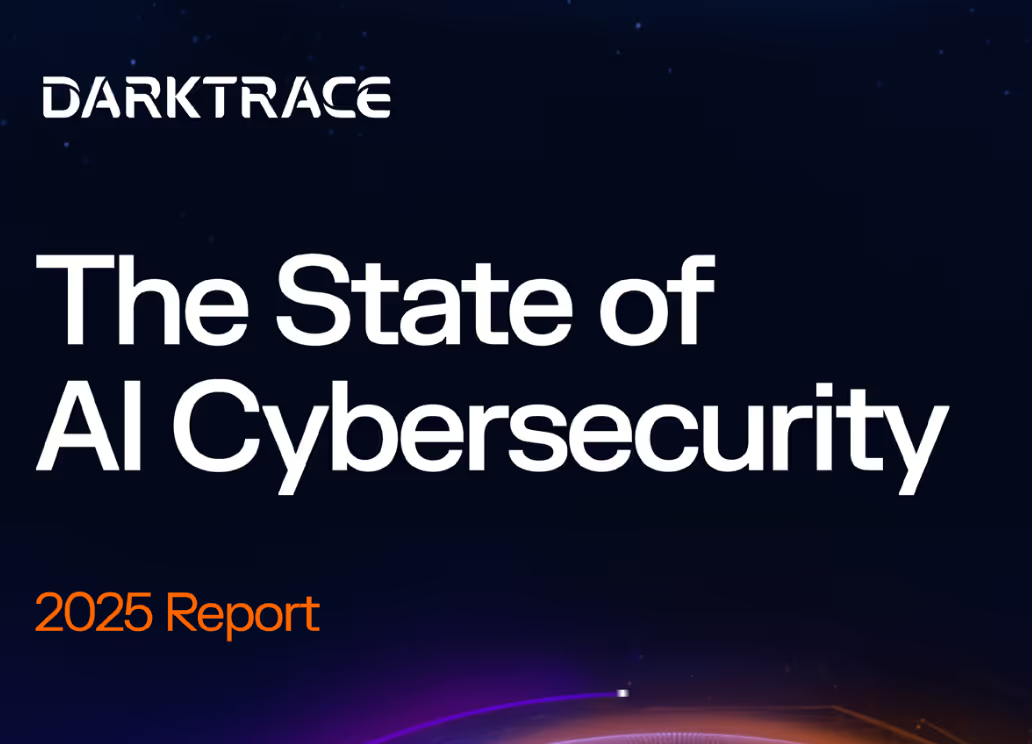Container Environments
What are container environments?
A container is a lightweight software package (not in terms of physical hardware, but in that it uses fewer system resources than traditional virtual machines). It shares the host system’s kernel and includes only what is necessary to run the application, allowing for faster deployment and lower overhead.
Containers package application code with its runtime, libraries, and dependencies, isolated from the host system and other workloads. They are widely used in modern development and production workflows for their consistency, scalability, and efficiency, especially in orchestrated environments like Kubernetes.
A container is one unit. A container environment is the entire ecosystem that manages how containers are built, deployed, scaled, and secured. For example:
A container is like a single app on your phone.
The container environment is the phone’s operating system, app store, security settings, and background services that let you install, run, and manage apps.
Benefits and challenges of container environments
Traditional container images bundle the application, operating system libraries, and supporting tools into a single unit. While this makes deployment easy, it introduces several operational and security trade-offs:
- Bloat and resource overhead: Many container images include full operating system distributions, increasing image size and runtime resource usage. This is particularly problematic at scale.
- Expanded attack surface: Unused or unnecessary software components within containers can contain unpatched vulnerabilities.
- Operational complexity: Managing and maintaining these larger images, including patching packages and tracking dependencies, introduces risk and administrative overhead.
Why distroless containers?
Distroless containers strip out non-essential components—such as shells, package managers, and debugging tools—leaving only the application and its critical libraries.
Security advantages
- Smaller attack surface: With fewer components included, there's less opportunity for exploitation.
- No shell access: Without a shell, attackers can't easily interact with the container or escalate privileges.
- Simplified dependency tree: Easier to audit, patch, and validate the libraries your application relies on.
Performance advantages
- Reduced image size: Leaner containers result in faster builds, transfers, and deployments.
- Lower runtime overhead: Minimalist images consume less memory and CPU, improving performance in high-density environments.
Trade-offs and operational limitations
Despite their benefits, distroless containers introduce several challenges for operations and security teams:
- Limited visibility: Lack of shell access and built-in utilities hampers real-time inspection and debugging.
- Reduced observability: Logging capabilities are minimal or nonexistent unless explicitly designed into the containerized application.
- Less flexibility: No package managers or diagnostic tools means troubleshooting often requires building purpose-specific debug versions of the container.
DFIR considerations in container environments
Digital forensics and incident response (DFIR) in containerized infrastructure differs significantly from traditional host-based methods:
- Ephemeral workloads: Containers can spin up and disappear in seconds. If forensic evidence isn't captured in real time, it's likely gone.
- Layered filesystems: Container images are constructed in layers, making it difficult to attribute actions or changes to a specific image version or event.
- Shared kernel model: Containers don’t virtualize the OS. They share the host kernel, which limits isolation and complicates attribution.
- Orchestration complexity: Platforms like Kubernetes introduce dynamic scaling, service abstraction, and network overlays—all of which obscure activity from traditional monitoring tools.
Challenges with distroless containers:
- Sparse artifacts: Few files and limited internal logging reduce the availability of evidence.
- Debugging friction: No shell or in-container tools means investigators often need to recreate conditions externally to understand behavior.
Approaches to improve container DFIR
To adapt DFIR processes for containerized environments, consider the following:
- Instrument early: Design containers with security and observability in mind from the start. Include logging agents and secure audit trails.
- Automate evidence capture: Use orchestration hooks or sidecars to snapshot volatile container data before shutdown or restart.
- Monitor orchestration layers: Integrate with Kubernetes audit logs, API events, and control plane telemetry for broader visibility.
- Use container-aware tools: Leverage DFIR tooling purpose-built for containerized and cloud-native environments to inspect images, volumes, and runtime behavior.
Secure your cloud with Darktrace / CLOUD

Elevate your cloud security with Darktrace / CLOUD, an intelligent solution powered by machine learning AI. Here’s what you’ll gain:
- Continuous visibility: Achieve context-aware monitoring of your cloud assets for real-time detection and response.
- Proactive risk management: Identify and mitigate threats before they impact your organization.
- Market insights: Understand how Darktrace outperforms other solutions in cloud security.
- Actionable strategies: Equip yourself with effective tactics to enhance compliance, visibility, and resilience.
Ready to transform your cloud security approach? Download the CISO's Guide to Cloud Security!
























